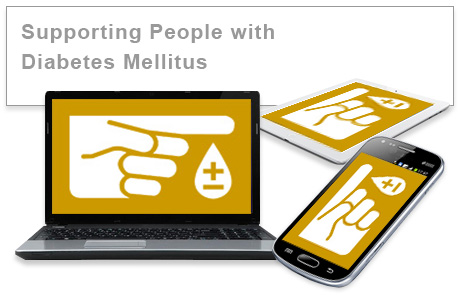supporting-people-diabetes-mellitus-f
Supporting People with Diabetes Mellitus (F): e-learning training course

This e-learning course, Supporting People with Diabetes Mellitus, is broken down into three easy-to-follow units - an introduction and two study units. It aims to raise awareness about diabetes types one and two, the symptoms, causes and the treatments available
The course will help learners to understand the implications of having the condition and therefore enable them to provide the people in their care with the support and guidance they need.
Unit 2 helps learners provide effective support for service users with diabetes mellitus. After completing this unit, learners will understand the difference between diabetes types 1 and 2, as well as some of the causes and the symptoms to look out for. The unit then goes on to describe insulin, how it should be produced and how treatments for diabetes aim to help people with insulin deficiencies. Finally, this unit explains how a balanced diet can help people with the condition to live healthier and happier lives.
Unit 3 explores what is meant by a normal level of sugar in the blood. Learners will look at this in relation to monitoring and balancing this for the diabetics they support and will look at the complications and health issues that can arise as a result of having high
sugar levels. The unit also considers ways of helping people to overcome these
difficulties and to avoid - or at least delay - the onset of any serious health problems.
The objectives for each study unit are that learners will be able to:
- explain what diabetes is and differentiate between types one and two
- list some of the causes of diabetes as well as common symptoms
- describe in broad terms how our bodies should produce insulin and what purpose it serves
- identify some of the treatments available for both types of diabetes
- explain how they could support someone with diabetes to eat and live more healthily
- understand what is meant by a normal blood sugar level
- explain the importance of monitoring and balancing blood sugar levels in diabetics
- identify ways of supporting people who experience complications such as hypoglycaemia or hyperglycaemia
- describe the short- and long-term health risks to which diabetics are more susceptible
- suggest ways of helping people reduce their chances of developing serious health problems.
Copyright Notice | Terms and Conditions | Privacy Statement | Disclaimer |
Copyright © 2006 - 2024 Embrace Learning Ltd.